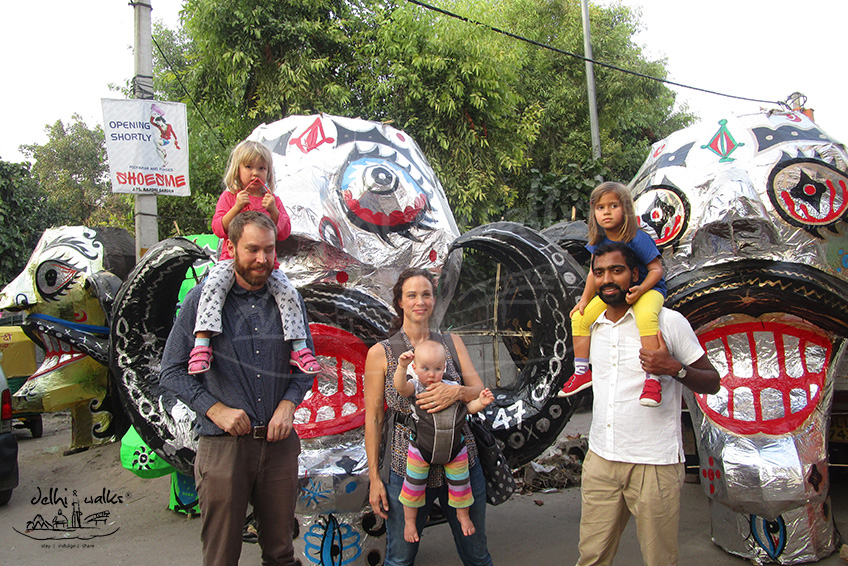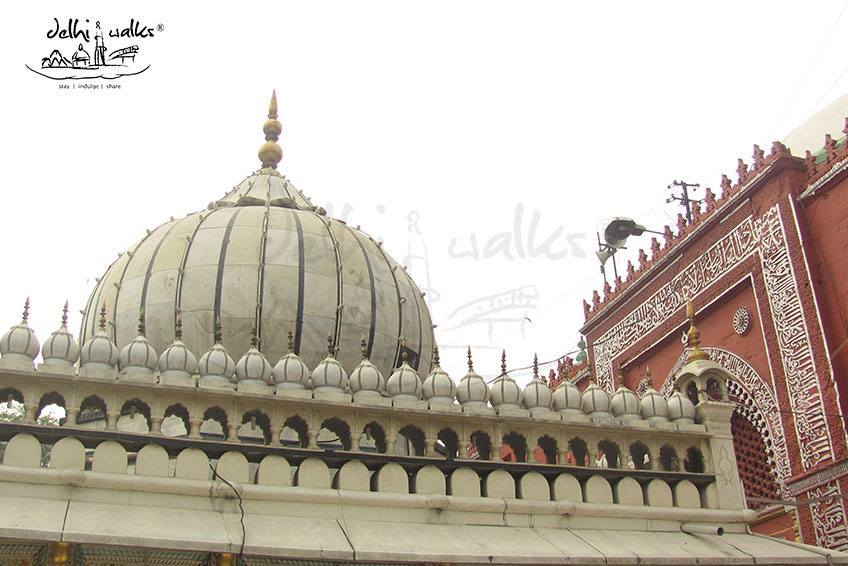When the Ten Headed Demon was Defeated: Dusshera Experience
Dussehra as a celebration in itself is unique, which has significance. As the popular Hindu epic goes, Lord Ram had killed the demon king Raavan on the tenth day which is Dussehra. The day marks the triumph of good over evil, of over sin and immorality. It is said that the demon king had abducted Lord Ram’s wife Sita.
Throughout Navratri, the auspicious nine days for Hindus, a dramatic retelling of various episodes from Ramayana are enacted. Ram Leela is a dramatic celebration of one of the famous mythological epics of India, which is the Ramayana. Raja Dasharath was the king of a province called Ayodhya. The king had four sons from three wives. Prince Rama was the eldest son of all. Now normally, the law of succession would tell you that the eldest son succeeds the throne after his father. But you need to wait for the twist in the story.
Rama’s stepmother, who also happened to be the Kings third wife, wanted to see her son, Bharata on the throne, for which she had asked a wish to the King, for the eldest to go on an exile. As a righteous son, who obeyed his elders’ he did what he was told. For straight 14 years, Rama was in exile with his younger brother Lakshman and his wife Sita who had begged to accompany Rama for his retreat.
When Bharata had come to know about what his mother had asked the king as a wish, he made no delays in going and getting the rightful heir to the throne. “The eldest must rule” is what Bharata had reminded Rama, when he insisted Rama to come back to Ayodhya. Bharata was more than happy to be a regent under Rama’s rule. But before he could go back to his homeland, he was stuck when his wife was abducted.
Rama, by defeating the demon king Ravana, and after mustering the aid of monkey army to free his wife, all had finally reached safely their homeland back to Ayodhya. Rama, Sita and Bharata are fine examples of persons who followed their Dharma above anything else.
A Ram-Leela experience entails wonderful dramatic retellings of various episodes from Ramayana, where the performances culminate on to a festival of Vijayadashami day, which happens to be the 10th day which commemorates the victory of Lord Rama over the demon king Ravana. Processions are taken throughout the city, which leads to a particular ground or a square, where the final battle takes place. Giant effigies of Ravana are set on fire, on the 10th day which is with much fan fare.
The festival of Dussehra has varied significance. Where in north, Ram Leela is much celebrated, the same 9 auspicious days in the eastern part of India has a different significance. In the East, they worship Goddess Durga, who triumphed over a demon, according to folklores, called Mahishasura. The 10th day in Eastern part of India, marks the victory of evil over the good.
One of the celebrated festivals of India, Dussehra is a festival which is believed to eliminate ill fate from the people.
The Dusshera mood in Delhi is usually the enactment of the life of Lord Rama throughout the nine days of Navratri.




